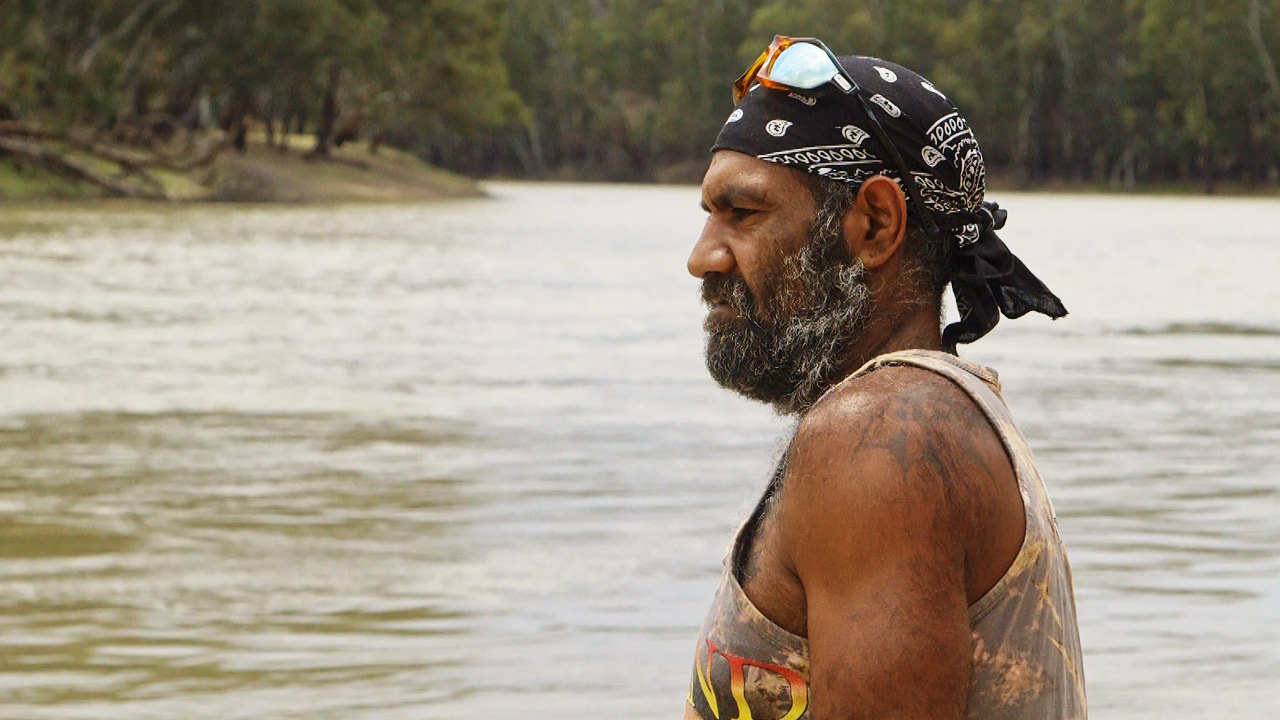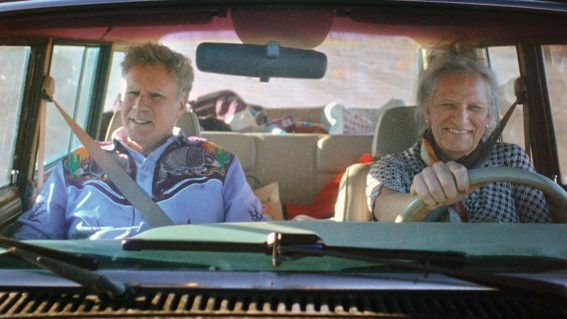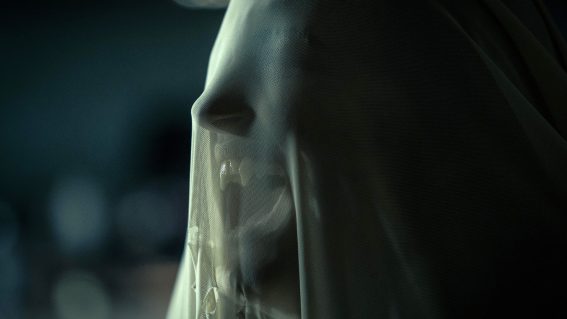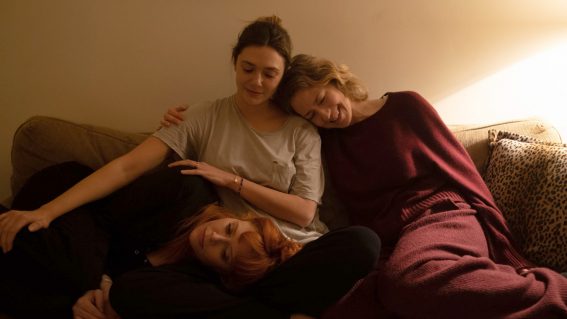The Art of Incarceration explores the possibility of rehabilitation through creativity

Examining how traditional art has empowered Indigenous Australian prisoners, this powerful Netflix documentary evokes empathy without making excuses, writes Travis Johnson.
For over a decade now, Australian arts organisation The Torch has been providing art therapy, guidance, and rehabilitation to Indigenous prisoners and parolees. In The Art of Incarceration, filmmaker Alex Siddons follows a number of imprisoned artists as they prepare for the organisation’s annual Confined exhibition. With Siddons’ verité footage and interviews bridged by brief but illuminating narration from acclaimed Indigenous performer Jack Charles, the film asks us not only to consider the issue of Aboriginal incarceration rates, but the ongoing generational trauma of First Nations people having been forcibly severed from their own culture.
“Culture” is a complicated word, but to my mind the most useful definition is “the stories we tell each other about who we believe ourselves to be”. Like water is invisible to fish, culture is largely invisible to those who feel fully supported by it. You don’t notice air unless you’re gasping for breath; you don’t notice gravity unless you’re falling; and often you don’t really engage with the idea of culture unless you find yourselves alienated from it. Fundamentally, this is why participation in and representation by the arts is important—for identity, for community, for a sense of belonging and acceptance.
The film opens with an epigram from activist and lawyer Noel Pearson that flatly states “Indigenous Australians are the most incarcerated people on the planet earth”, and buttresses that statement with plenty of supporting data—including that Indigenous Australians make up 3% of the population but comprise 28% of adult inmates. This presents the possibility that people disenfranchised from the dominant culture are disincentivised to rehabilitate, often getting locked into a cycle of offense and incarceration.
Working closely with artist, Wergaia Wotjobaluk man, and former inmate Robby Wirramanda, who is credited as co-writer along with fellow artist and program veteran Chris Austin, a Gunditjmara Keerraaywoorrong man, Siddons amply demonstrates how reconnecting with traditional art practices has empowered Indigenous prisoners to at least conceive of a life beyond that cycle.
How that sits with the viewer will very much depend on how you view the role of incarceration; indeed, the entire criminal justice system. Should it be restorative or punitive? Are organisations such as The Torch doing valuable work, or wasting resources on the hardened criminal class? My own views are firmly of the former variety, and Siddons and his collaborators smartly and bravely pull few punches in acknowledging their subjects’ transgressions, avoiding accusations of whitewashing. Wirramanda and Austin offer themselves as case studies, contrasting their criminal histories with their lives now.
Then there’s program participant Troy Brabham, a Wemba Wemba man who relates his own struggles with violence and addiction with uncommon grace and honesty. These stories are the beating heart of this powerful and compelling work, evoking fierce empathy without making excuses.
The Art of Incarceration offers no pat solutions. Nor does it simplify a complex and ongoing crisis. Its value lies in the way it puts a human face on men who are often completely depersonalised in the public eye, while at the same time forcing us to wonder if a cultural rather than criminal approach might yield more lasting results. Whatever you personally think the answer might be, that’s surely an important question.


















